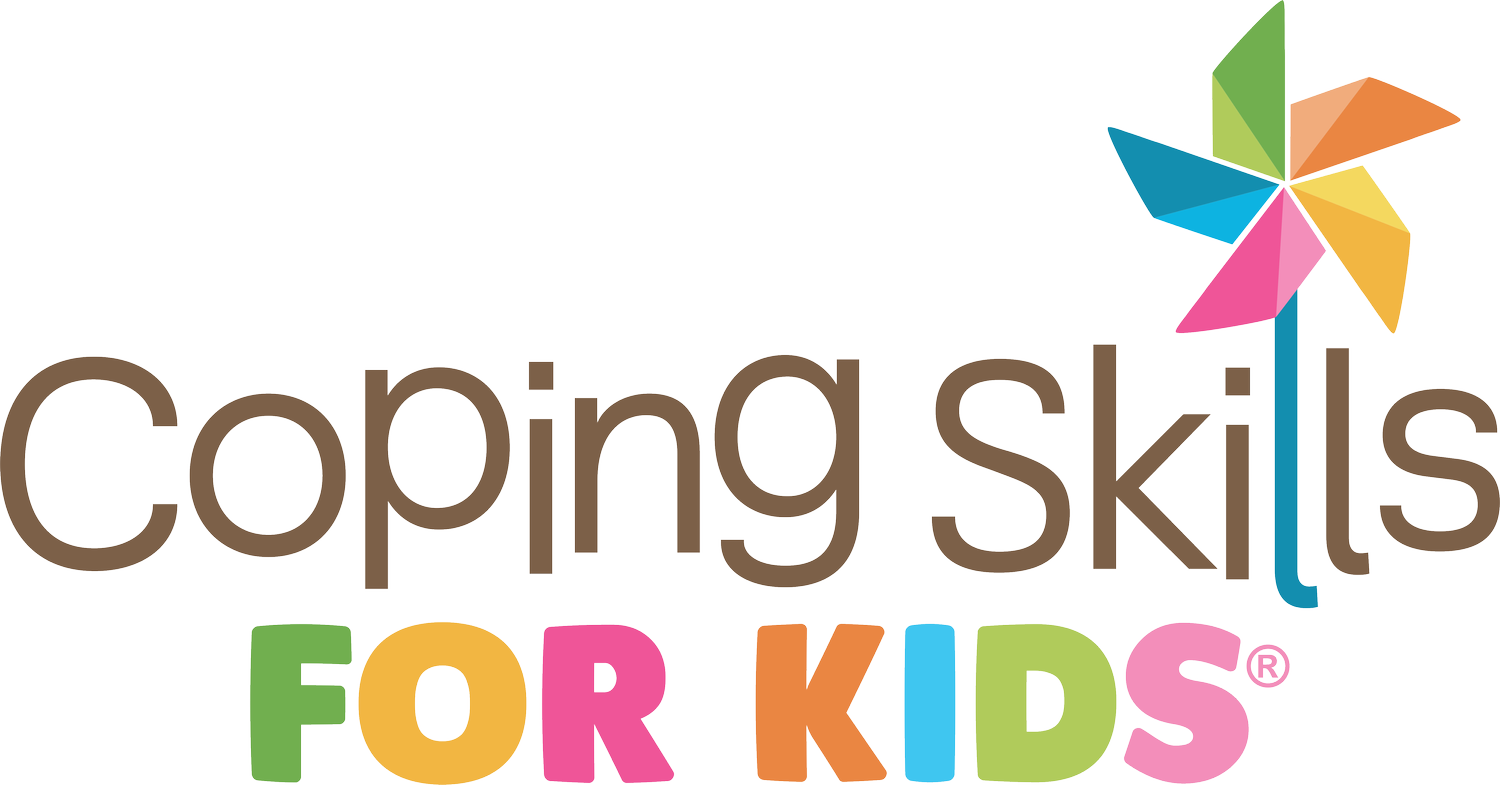BULLYING
What feelings come to mind when you think of that word?
Anger? Sadness? Helplessness?
Do you flash back to your own childhood?
Bullying is an important topic for families to talk about, but it can be hard to approach the topic. How do you start to talk about such a big emotional topic with your children?
One of my favorite resources for talking about bullying is the book Bullying Is a Pain in the Brain by Trevor Romain.
When I was a school counselor, I went to every 4th grade classroom in my school to talk about friendships, teasing and bullying. I used parts of this book every year during our conversations about bullying. Every time I read an excerpt from it, the kids would laugh and smile. Can you believe they would smile and laugh while I was reading about bullying? That’s the power of this book. Trevor Romain tackles a huge hot button topic like bullying in a practical yet funny way.
He starts by talking about why bullies are such a pain and how they hurt others physically, emotionally and mentally. The importance of body language is demonstrated in a diagram that I enlarged and would use when talking to the students. Even if you don’t feel confident inside, you can work to make your body look confident on the outside.
He talks about myths about bullies - like the myth that all bullies are boys. Or the myth that if you ignore it, the bullying will stop. He suggests some solutions for kids to use when they are being bullied.
My favorite part of the book (and the part of the book that I’d read to my classes) were the Do’s and Don’ts for Dealing with Bullies. Here’s an excerpt from that section that always amused the students:
When you see a bully coming toward you…
DO get out of his way! Step aside, join your friends, strike up a conversation with someone nearly, or walk toward a crowded place. This way, the bully can’t get you alone.
DON’T pick your nose and pretend you’re about to eat it, in the hope that the bully will throw up with disgust and leave you in peace.
At the end of the book, there are resources for children, for teachers and for parents. This book is a great starting point for introducing the topic of bullying to your children. It’s practical, relatable and uses humor effectively to talk about a really tough, emotionally laden topic.














